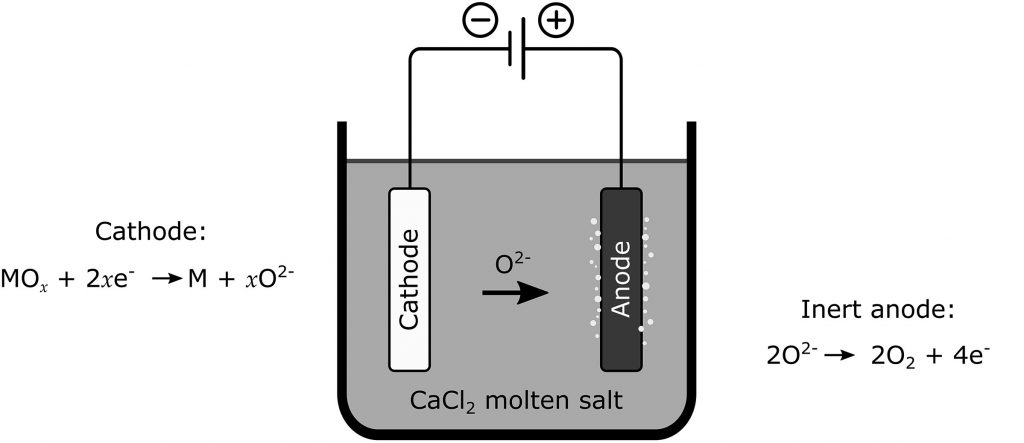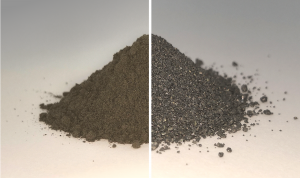The 2019 medicine Nobel Prize winner Dr. Gregg L. Semenza found out that targeting the oxygen-regulated hypoxia-inducible factors (HIF-1s) in the cells can help cure cancers.
What are HIF-1s?
We all need oxygen to be alive. In our body, only red blood cells that contain hemoglobin can deliver oxygen for all the other cells. During a shortage of oxygen, erythropoietin (EPO) increases the production of red blood cells. Hence, more red blood cells are available to bind and deliver oxygen from the lung to the other parts of the body.
Besides, vascular endothelial growth factors (VEGFs) can stimulate the formation of blood vessels in response to the lack of oxygen. By forming more blood vessels, the body can ensure that oxygen can get to other cells in different parts of the body.
HIFs are the oxygen sensing knob in our bodies. Hypoxia-inducible factors (HIF-1s) are composed of two different subunits-one being an oxygen-regulated HIF alpha subunit and the other being an oxygen insensitive HIF beta subunit.
The alpha subunit of the HIFs can sense the oxygen concentration changes. When the oxygen level is low, the two HIF subunits join to assemble the dimeric HIF-1s. The HIF-1s can then bind to genes that express EPOs and VEGFs. As a result, more EPOs and VEGFs are available to deliver limited oxygen to cells in different parts of the body. Meanwhile, when the oxygen level is high, fewer HIF subunits form the dimeric HIF-1s. Thus, fewer HIF-1s can bind to EPOs and VEGFs genes, which further leads to less EPOs and VEGFs proteins being expressed.
Cancer is a group of diseases with abnormal cell growth. Many studies have shown that tumor metastasis strongly correlates to the elevated levels of HIF-1s. Unlike normal cells, cancer cells have adaptive responses to hypoxic stress, meaning that they can survive and divide under low oxygen levels.
Therefore, HIF-1s can be targeted to treat cancer. By inhibiting the dimeric HIF-1s, cancer cells will have fewer EPOs and VEGFs. Without the adaptive response to low oxygen level, cancer cells will die. The HIF-1s inhibitors can combine with other anti-cancer drugs to kill off cancer cells.
The discovery of this oxygen-sensitive knob HIF-1s is a milestone in cancer treatments. Cancers perhaps are not that scary.
Journal Reference:
Gregg L. Semenza. Pharmacological targeting of hypoxia-inducible factors. Annual Review of Pharmacology and Toxicology, 2019; 59: 379-403 DOI: https://doi.org/10.1146/annurev-pharmtox-010818-021637
Georgina N. Masoud and Wei Li. HIF-1α pathway: role, regulation and intervention for cancer therapy. Acta Pharmaceutica Sinica B, 2015; 5: 378-389 DOI: https://doi.org/10.1016/j.apsb.2015.05.007
-Pricia Ouyang
Feb 15th, 2020








